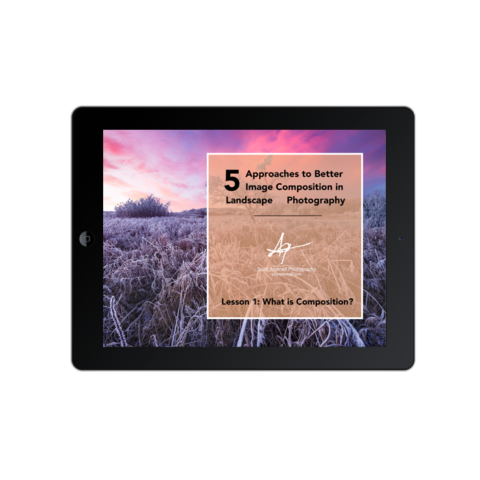Unlike southern Saskatchewan, where travel is by road, the main highway in the north is the Churchill River, and the vehicle is a boat. That seemed simple enough—just hire a guide with a motorboat, take a quick hike to the falls, grab the shot, and toast to success. However, the only way to the east side of Nistowiak Falls is across the top of the waterfall, through rock-infested, fast-moving water and the only vessel that could make it safely: a canoe. Unfortunately, the last time I paddled a canoe was as a child, and a 30-kilometre round trip that included navigating Stanley Rapids was well beyond my abilities.
The third challenge was timing. Unlike the south, northern Saskatchewan summers aren’t ideal for night photography. The sun doesn’t dip low enough for the sky to become fully dark, making the Milky Way unviewable. That left two windows: early spring or late fall. In early spring, the waterways are likely still frozen or unsafe due to melting ice, and the Milky Way isn’t ideally positioned over Nistowiak Falls. Late fall was the better option, but it came with its risks. The normally warm Churchill River drops to near-freezing temperatures by late September, significantly increasing the risk of hypothermia in the case of a capsize. The weather could also be unpredictable. Historical temperatures in Missinipe, Saskatchewan (the starting point of this adventure), showed overnight lows ranging from 5°C at the warmest to -13°C at the coldest over the past decade. Additionally, as the trip happens at the end of the tourist season, backcountry tenting/wild camping was the only accommodation left to us. I wasn’t thrilled by the prospect of freezing nights in a small tent.
Why Bother?
Reading all this, you might wonder why I even went. It was outside my comfort zone, might not have been possible, and required immense effort for a single photograph. So why do it? Adventure. The most powerful images are often tied to meaningful experiences. People don’t typically frame their backyard snapshots; they display images that connect them to memories and places they’ve experienced—or, in this case, the journey to get there. Plus, I’d be lying if I said I didn’t relish the opportunity to see northern Saskatchewan for the first time, photograph Nistowiak Falls, and capture an image that nobody else has ever done.
After some discussion, we hired Churchill River Canoe Outfitters (CRCO) to guide us. Their expertise and knowledge of the area would be invaluable. Little did I know just how crucial they would be.












